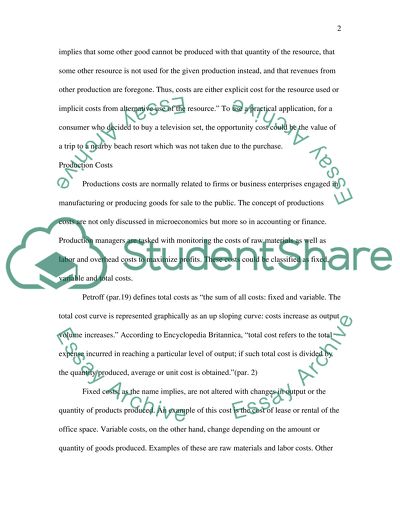Cite this document
(“Microeconomices Term Paper Example | Topics and Well Written Essays - 1500 words - 1”, n.d.)
Microeconomices Term Paper Example | Topics and Well Written Essays - 1500 words - 1. Retrieved from https://studentshare.org/miscellaneous/1553942-microeconomices
Microeconomices Term Paper Example | Topics and Well Written Essays - 1500 words - 1. Retrieved from https://studentshare.org/miscellaneous/1553942-microeconomices
(Microeconomices Term Paper Example | Topics and Well Written Essays - 1500 Words - 1)
Microeconomices Term Paper Example | Topics and Well Written Essays - 1500 Words - 1. https://studentshare.org/miscellaneous/1553942-microeconomices.
Microeconomices Term Paper Example | Topics and Well Written Essays - 1500 Words - 1. https://studentshare.org/miscellaneous/1553942-microeconomices.
“Microeconomices Term Paper Example | Topics and Well Written Essays - 1500 Words - 1”, n.d. https://studentshare.org/miscellaneous/1553942-microeconomices.


